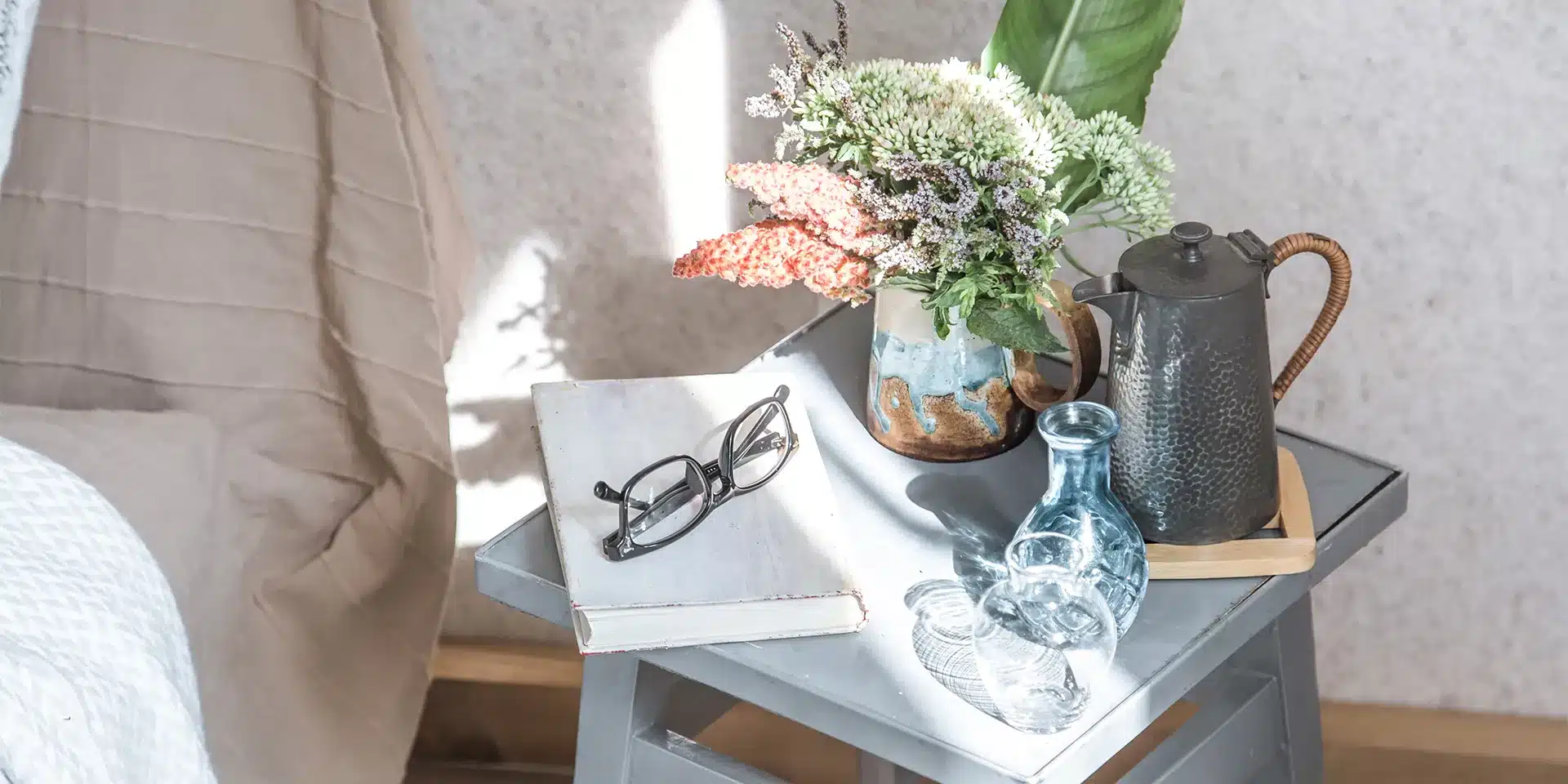When cushions are placed in an outdoor environment for a long period of time, even the most stain-resistant materials are inevitably “attacked” by dust, bird droppings, or oil stains. These stains not only affect the overall aesthetics of the furniture but can also shorten its lifespan. Before you start a new year of outdoor life, why not follow this guide and give your cushions a thorough clean!
Tools You'll Need:
Always read the product instructions provided by the manufacturer before preparing your cleaning tools. Different outdoor cushion materials may require different cleaning methods; some removable cushion covers are suited for machine washing, while others may require the use of specific cleaners. Here are some general cleaning tools.
- Warm water
- Mild soapy water or specialized cleaner
- Bucket
- Vacuum cleaner
- Soft-bristle brush
- Garden hose
- White vinegar or a mold cleaner (if needed)
Step-by-Step Cleaning Guide:
Step1: Remove Surface Debris
Use a vacuum cleaner to remove debris, such as dust from the surface and crevices. Be careful to avoid the vacuum cleaner directly contacting decorations on the cushions, such as tassels, buttons, etc., so that they do not pull loose or become damaged.
Step2: Gently Scrub with Cleaning Solution
Mix water and cleaning solution in a bucket at a ratio of 3:1. Using a soft bristle brush dipped in the cleaning solution, gently rub it along the grain of the fabric on the surface of the cushion. When encountering a stain, let the cleaning solution sit on the stain for a few minutes to help loosen and break down the stain,then brush again.
Step3: Remove Stubborn Stains
If the cushions have stubborn stains such as mold, bird droppings, or oil stains, it may not be possible to completely remove these stains using only the regular cleaning methods listed above. For these hard-to-clean areas, we need to do a deeper treatment.
- Mold: You can use white vinegar or a special mold cleaner. Mix white vinegar with water at a ratio of 1:1, spray on the mold, let it sit for 10-15 minutes, and then brush with a soft bristle brush. If using a mold cleaner, dilute it according to product instructions, spray, and wipe.
- Bird droppings: When handling bird droppings, first distinguish between wet and dry. For dry bird droppings, remove the solids first with a cardboard or knife; for wet bird droppings, use a paper towel to soak up excess liquid before scraping away the remaining droppings. Next, mix 1 tablespoon of dishwashing with 2 cups of water, spray the solution on the stain, let it sit for a few minutes, and then wipe.
- Oil stains: Sprinkle baking soda over the oil stains and press gently to cover. Let sit for 10-15 minutes, then scrape off the baking soda with a soft-bristled brush or cardboard. Scrub with a soft-bristled brush dipped in a soapy water or detergent solution.
Step4: Rinse the Cushions Thoroughly
Place the cushions on a flat surface and clean them with a garden hose on medium to high pressure mode. Make sure the water stream evenly covers the entire cushions and thoroughly removes the cleaning solution.
Step5: Dry the Cushions Completely
Use clean towels or cloths to gently press the cushions and squeeze to remove excess moisture, avoiding excessive force that could damage their shape. Next, lay the cushions flat in a well-ventilated area to dry naturally. Avoid direct exposure to sunlight, as this may cause the colors to fade or deform. Make sure the cushions are completely dry before putting them back into use.
These are all the steps to cleaning your outdoor cushions. If you want to visualize the process, check out this how-to video!
How to Care for Your Cushions
- Clean regularly, vacuuming the surfaces of cushions weekly to remove dust and debris. Wipe stains promptly when you find them to prevent the accumulation of dirt.
- Arrange furniture reasonably; avoid exposing the cushions to sunlight for a long time to prevent color fading and fabric aging.
- Keep the cushions dry to prevent mold and odor. Ensure that the cushions are completely dry when in use and in storage.
- Use waterproof covers or cushion protectors to cover cushions when not in use.
- During winter or extreme weather, it is best to store the cushions away in a dry, ventilated area.
Now that you understand the whole process of cleaning outdoor cushions, isn’t it easier than you thought? If you are considering new cushions, it is recommended to choose fabrics that are easy to clean, which will greatly reduce the hassle of maintenance later on.




